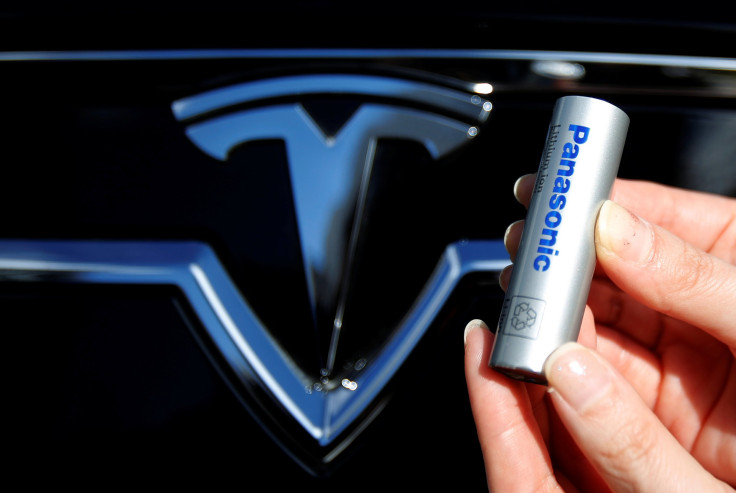Tesla Model 3 update: Tremendous pressure on Nevada ‘Gigafactory’ to deliver batteries on time and in volume

Tesla currently needs an infinite supply of lithium-ion cells for its Tesla Model 3 electric vehicle and a majority of the batteries is expected to come from the company’s “Gigafactory” in Nevada. It’s a titanic pressure on the facility as it has to output batteries at record volumes to deliver Tesla Model 3 on time and in volume.
Even though the Tesla Model 3 is said to have an easier assembling process that has been simplified in critical areas, Musk has no experience producing at volumes he anticipates for Tesla Model 3. Moreover, Tesla is extremely cautious about its parts supply chain and wants to control it totally. This is because the company was affected negatively by third parties in the past, reports Forbes.
EV maker Tesla has promised to bring the high-volume Model 3 to the market in 2017 but the company is constantly missing targets. The automaker hoped to deliver 80,000 or more cars in 2016 but could only deliver 76,230. It even failed to match its own record for deliveries set last quarter when it broke the 25,000 level. However, Tesla, despite all odds, delivered 50 percent more cars than in 2015.
According to a press release by Tesla, the company produced a total of 83,922 vehicles in 2016 with 24,882 vehicles in Q4. It could deliver only 22,200 vehicles in Q4, of which 9,500 were Tesla Model X and 12,700 Tesla Model S. The Tesla Model 3 received more than 300,000 reservations when the US$35,000 (AU$47,800 approx) sedan went on sale in March 2016. Tesla publicly revealed a target that was both unbelievable and unachievable.
Tesla announced a plan to produce 500,000 vehicles per year by 2020, which they later advanced to 2018. Even if the automaker increases production capacity again by 50 percent in the coming two years, even then it won’t reach half a million production. There’s a lot riding on the Tesla Model 3 and CEO Elon Musk is aware how the Tesla Model X was problematic operationally as well as reputation-wise.






